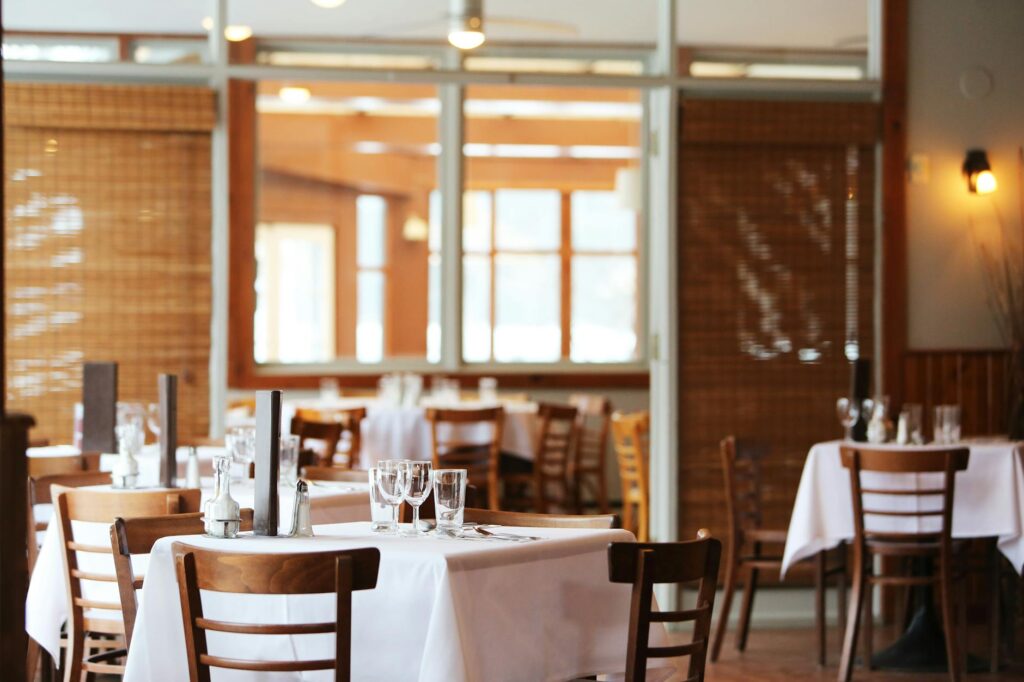Introduction
The concept of a restaurant, as we know it today, is the result of a long evolution that has spanned centuries and continents. From the banquets of ancient Rome to the trattorias of the Middle Ages to modern gourmet restaurants, the history of dining is full of fascinating anecdotes and culinary innovations. In this blog, we will explore the main stages of this fascinating evolution.
Origins: The First Forms of Catering
The earliest evidence of anything resembling a restaurant dates back to ancient Rome, where tabernae offered food and drink to travelers and local residents. These places were often simple and informal, but they represented an early step toward the idea of a public place to eat.
In China during the Song Dynasty (960-1279 AD), tea houses and inns serving freshly prepared meals already existed. These establishments were frequented by merchants, artists and officials, creating a lively and culturally rich environment.
The Middle Ages and the Trattorias
In the Middle Ages, catering began to take shape in European cities. Taverns and inns offered simple meals to travelers and townsfolk. These places were often run by families and served homemade food. The importance of conviviality and sharing a meal was central, reflecting local culinary traditions.
The French Revolution and the Birth of the Modern Restaurant
The term “restaurant” comes from the French word “restaurer,” meaning “to restore” or “to restore.” The first real restaurant, in the modern sense of the word, appeared in Paris in the 18th century. One of the pioneers was Monsieur Boulanger, who opened an establishment in 1765 where he served “bouillons restaurants,” or restorative broths. This establishment offered a menu with a selection of dishes, an innovative concept for the time.
The French Revolution (1789-1799) played a crucial role in the spread of restaurants. Many chefs, previously serving the nobility, found themselves out of work and opened their own establishments, bringing with them haute cuisine and refined culinary techniques. Paris quickly became the gastronomic capital of the world, with restaurants offering diverse menus and serving an ever-growing clientele.
The Global Expansion
In the 19th and 20th centuries, the restaurant concept spread throughout the world. Industrialization and urbanization led to the emergence of restaurants in large cities, where workers and residents could find affordable and quality meals. In the United States, the opening of Delmonico’s in New York in 1827 marked the beginning of the era of fine dining in America.
Over time, different cultures developed their own dining traditions. In Italy, trattorias and osterias continued to thrive, while in Japan, specialized restaurants such as sushi bars and ramen-ya became an integral part of urban life.
The Contemporary Restaurant
Today, restaurants are an integral part of daily life all over the world. From fast food to Michelin-starred restaurants, the offerings are incredibly diverse. Technological innovation, such as online reservations and home delivery, has further transformed the industry. Sustainability and ethical cooking have become central themes, with many restaurants adopting eco-friendly practices and promoting local and organic ingredients.
Conclusion
The history of restaurants is a fascinating journey that reflects the evolution of societies and cultures. From ancient Roman tabernae to modern gourmet restaurants, each stop represents a step toward the dining experience we know today. Every time we sit down to eat in a restaurant, we participate in a centuries-old tradition of hospitality, innovation, and a love of good food.




